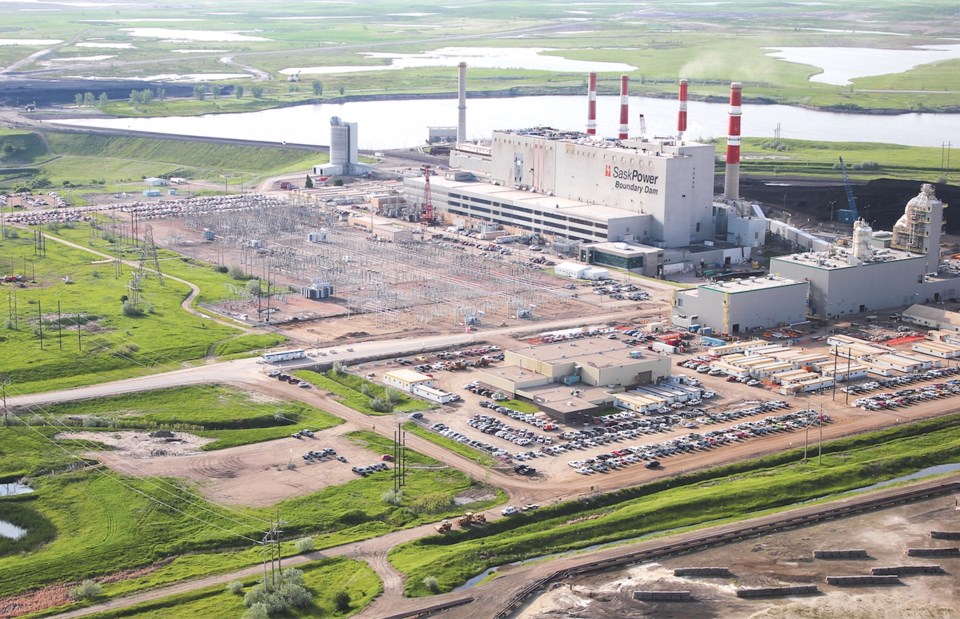REGINA - A new report by the International CCS Knowledge Centre says carbon capture and storage (CCS or CCUS) will play a key role in Canada’s plan to reach a net-zero electricity system by 2035.
But according to the centre, deploying large-scale CCS in provinces that will continue to rely on fossil fuels for power generation presents significant challenges if it is to be achieved on the tight timeline required by proposed federal regulations.
The International CCS Knowledge Centre has published a review of the Government of Canada’s proposed Clean Electricity Regulations (CER), which would limit annual carbon emission intensities to 30 tonnes of CO2 per gigawatt-hour (t/GWh) of electricity produced, applying to all power plants that use fossil fuels to generate power, are a net exporter of electricity to the North American grid, and have capacity to produce at least 25 megawatts.
The performance standard would take effect on Jan. 1, 2035, or 20 years after the commissioning of a power plant (whichever is later, with some exceptions). It is expected to apply to the approximately 15 per cent of Canada’s power supply that is derived from fossil fuels – primarily natural gas and coal-fired power facilities in Alberta, Saskatchewan and Nova Scotia.
According to the centre, the 30 t/GWh standard aligns with the emissions intensity of natural gas electricity generation with carbon capture achieving nearly a 95 per cent CO2 capture rate. The centre says this level of performance is considered possible with existing CCS technology deployed on natural gas-fired power plants, but not for coal-fired power plants, which typically have emissions intensity around 1,000 t/GWh.
“Many amine-based CCS technology vendors guarantee a 95 per cent capture rate, so it is theoretically possible for natural gas power plants to achieve the CER’s requirements, however, there are many risks that must be considered, as there are no power plants with CCS that have achieved this level of performance anywhere in the world to date,” said Beth (Hardy) Valiaho, the Knowledge Centre’s vice-president of policy, regulatory and stakeholder relations.
“Having emissions intensity regulations that are too stringent may also disincentivize investment in novel CCS technologies and applications developed right here in Canada in the sector.”
The centre said it is clear that CCS will be key to reducing emissions from power plants that provide reliable baseload power in several provinces, but it will be difficult to meet the CER’s timelines given the long lead time for bringing large-scale CCS projects to life, and the possibility of labour and supply chain challenges that are anticipated with the global boom in CCS construction over the next decade.
“Applying the lessons learned from the world’s first CCS facility on a commercial power plant at SaskPower’s Boundary Dam Power Station will be instrumental in helping to overcome the challenges and enhance the success of the next generation of CCS projects that must get started immediately if we are to meet the ambitious timelines for Canada’s emissions reduction targets,” Valiaho said.
The knowledge centre recommends the government add provisions to allow lower CCS performance to reflect emergency situations and other fluctuations in plant operations. Aligning the CER’s emission intensity requirements and timelines with similar regulations proposed in the United States may also be prudent in order to ensure a level playing field for power companies across both countries and to encourage businesses to invest in innovative and novel CCS projects within Canada.
The Government of Canada is soliciting input on the proposed regulations by Nov. 2. The final regulations are expected to be published in the Canada Gazette Part II in 2024.


